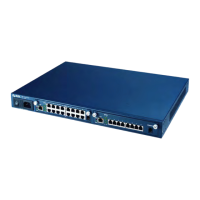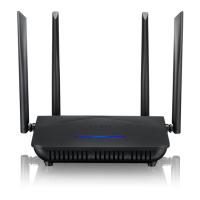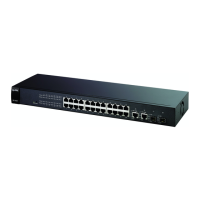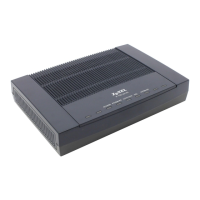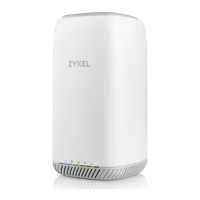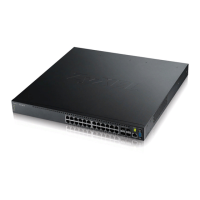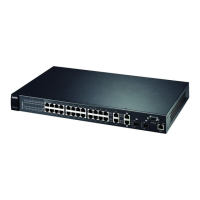Chapter 11 Management
IES4005M User’s Guide
87
11.2 Date and Time Commands
Use these commands to configure the date and time settings. Besides setting the current system
time and date, you can also configure daylight savings time, and the time server to use.
The following table describes commonly used parameter notation for these commands.
This table describes the commands.
alarm coa analytic-method continuous|average
Configures the method of analyzing CPU
usage in monitoring for a CPU overload.
continuous: issue a CPU overload alarm if all
samples are above <issue-threshold>. Clear
the CPU overload alarm if all samples are
below <clear-threshold>.
average: issue a CPU overload alarm if the
average of all samples is above <issue-
threshold>. Clear the CPU overload alarm if
the average of all samples is below <clear-
threshold>.
C13
show alarm coa
Displays the CPU overload alarm related
settings.
E1
Table 58 Alarm Commands Summary (continued)
COMMAND DESCRIPTION M P
Table 59 Date and Time Command Parameters
NOTATION DESCRIPTION
hour
Specify the hour (0-23) in HH format.
min
Specify the minute (0-59) in MM format.
sec
Specify the second (0-59) in SS format.
month
Specify the month (1-12) in MM format.
day
Specify the day (1-31) in DD format.
year
Specify the year (1970-2037) in YYYY format.
Table 60 Date and Time Commands Summary
COMMAND DESCRIPTION M P
show time
Displays the current system time and date. E 1
time <hour>:<min>:<sec>
Sets the current system time. C 13
time date <month>/<day>/<year>
Sets the current system date. C 13
time server timezone <time-zone>
Selects the time difference between UTC (formerly known
as GMT) and your time zone.
time-zone: -1200-1200 in steps of 100
C13
time daylight-saving-time
Enables daylight saving time. The current time is updated
if daylight saving time has started.
C13
no time daylight-saving-time
Disables daylight saving time. C 13

